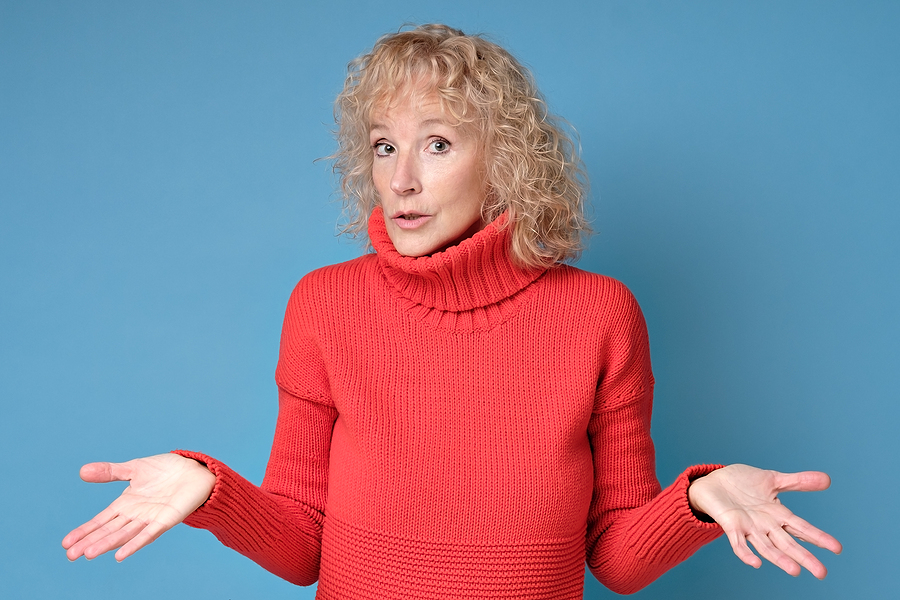You’ve probably heard of rotator cuff injuries or tears. Frustratingly, we’re more susceptible to them with age, but there’s plenty we can do to keep our shoulders working well.
To set the anatomical scene, the rotator cuff refers to four muscles that connect our shoulder blades to the tops of our arms.
The shoulder is a ball-and-socket joint with a shallow socket to allow lots of movement. Above the joint is a bony roof that we can feel by running our fingers over the top of our shoulder.
The problem is there’s only so much room between the top of our arm (i.e. the ‘ball’) and that roof.
Provided our shoulders are in the right spot — rolled back with arms hanging to the side — there’s room for all the tissues that need to fit between the ball and the roof.
The job of the rotator cuff muscles is to hold the ball in place, which also helps to create enough room.
But if we round our shoulders, as it’s all too easy to do, we narrow the size of that space and it gets congested in there.
In addition, if our rotator cuff muscles are too weak to hold the ball where it should be, it rides up against the roof.
In both of these situations tendons can get squashed and eventually fray or tear.
The one most likely to suffer belongs to a rotator cuff muscle called ‘supraspinatus’ that sits on the top and back of our shoulder blades.
Overusing or habitually tightening our shoulders, falling, or doing exercise or activity that leads to an imbalance in the strength of our upper body muscles can contribute to the problem too.
This compression can also inflame the bursa, a lubricating sac that sits under the roof and helps cushion the joint. Heard of bursitis? That’s what it is.
How might you know that this tendon damage is going on?
Often it’ll hurt when you raise your arm, lie on that shoulder or reach behind you, say to put on a seatbelt or do up your bra. If it’s a severe tear it might be painful without doing any of these things.
Treatment can be a long slow road that most likely involves rest to settle down the inflammation then rehab to restore movement and strength. Doctors usually avoid surgery if possible, especially for older patients.
So how can we look after our shoulders in the first place?
First, we can make an effort to hold them in the right place, i.e. rolled behind us, but without pinching them together or sticking our chest out the way we might have been taught as kids to ‘sit up straight’.
Second, we can improve the strength of our upper body generally. For example, American biomechanist Katy Bowman suggests that each time we walk through a doorway we reach up and touch the top of the door frame. One arm at a time if we can’t do both at once. It’s an easy way to build our capacity to move our arms and shoulders overhead. Of course, don’t do it if it hurts.
Third, we need to be aware that tissues change after menopause. Estrogen is anti-inflammatory and the loss of it contributes to changes in muscle, tendon, ligament, bone and cartilage, making us more prone to injury.
So don’t go about life like the proverbial bull-at-a-gate. Think twice before you lift, move or carry things that are too heavy, including overhead actions like packing suitcases in high cupboards. Be mindful of one-sided activity, especially when it’s high and repetitive, like painting walls or cleaning windows.
Finally, if we do have persistent discomfort or a shoulder ‘clunk’ it pays to have it seen to. Don’t assume it’s going away by itself.

